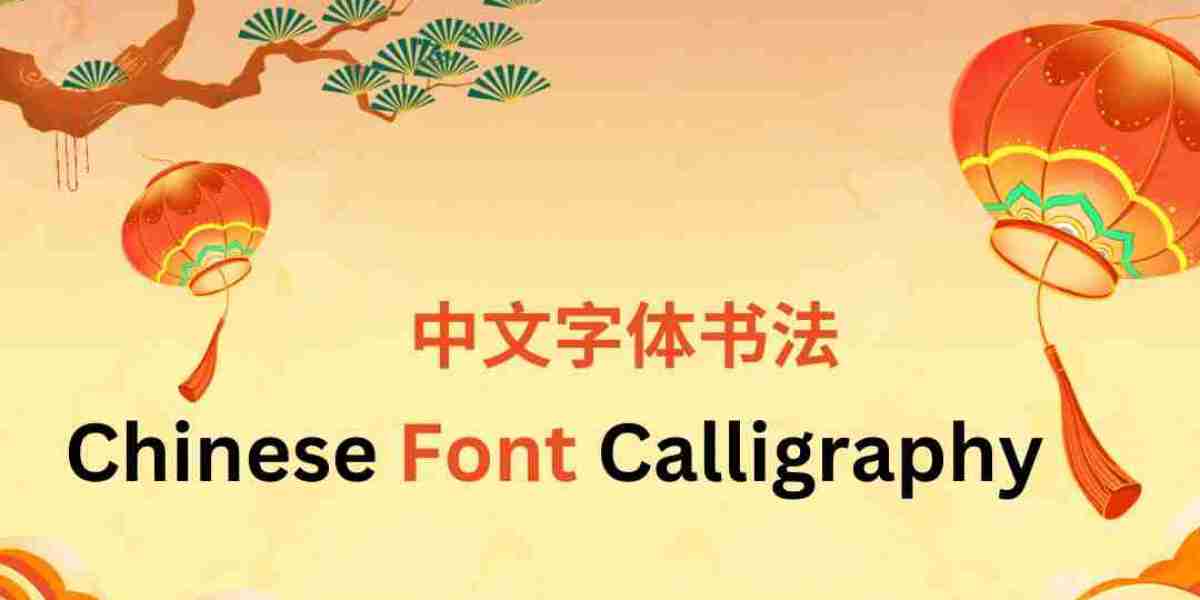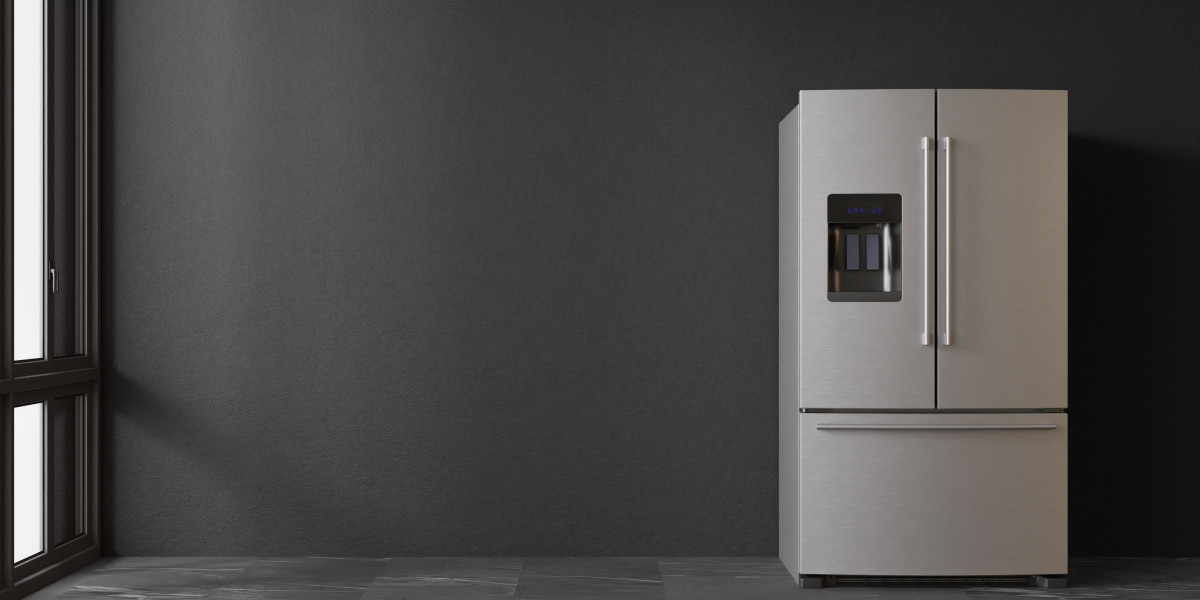Chinese font calligraphy isn't just a writing system—it’s a revered art form rooted in over 3,000 years of cultural legacy. At China Art Hub, we delve deep into the art and structure of Chinese calligraphy fonts, exploring their historical, aesthetic, and linguistic significance. Whether you're a seasoned collector, an artist, or a cultural enthusiast, understanding Chinese font calligraphy enriches your connection to one of the world’s oldest civilizations.
What Is Chinese Font Calligraphy?
Chinese font calligraphy is the visual expression of Chinese characters using brushstrokes guided by rhythm, balance, and emotion. Unlike Western typography, where fonts are often digitally constructed, Chinese font styles evolve from hand-brushed traditions passed down for generations.
Major Styles of Chinese Calligraphy Fonts
| Font Style | Chinese Name | Characteristics | Historical Origin |
|---|---|---|---|
| Seal Script | 篆书 (Zhuànshū) | Ancient, intricate, used in official seals | Qin Dynasty (221–206 BC) |
| Clerical Script | 隶书 (Lìshū) | Flat, wide strokes, easy to read | Han Dynasty (206 BC–220 AD) |
| Regular Script | 楷书 (Kǎishū) | Precise, formal, standard form in schools | Wei–Jin Period |
| Running Script | 行书 (Xíngshū) | Semi-cursive, fluid yet structured | Eastern Jin Dynasty |
| Cursive Script | 草书 (Cǎoshū) | Highly stylized, fast strokes, abstract beauty | Han Dynasty |
Why Chinese Font Calligraphy Still Matters Today
Cultural Identity: Chinese font calligraphy is a cultural cornerstone that preserves language and heritage.
Educational Value: Used in schools for teaching structure and discipline through stroke order.
Artistic Practice: Embraced by modern artists and designers for its expressive potential.
Global Influence: Chinese calligraphy fonts inspire branding, fashion, and tattoo designs worldwide.
Calligraphy Tools at China Art Hub
At China Art Hub, we celebrate this tradition by offering authentic supplies:
Brushes: Wolf hair, goat hair, or mixed for different script effects.
Ink Stones: Carved for grinding ink sticks by hand.
Rice Paper: Lightweight, absorbent, essential for clean strokes.
Calligraphy Copybooks: Featuring printed grids and famous scripts for practice.
How to Choose the Right Chinese Calligraphy Font
Consider These Tips:
Purpose: Formal documents? Choose Regular Script. Artistic expression? Try Cursive Script.
Skill Level: Beginners should start with Regular or Clerical Script.
Cultural Context: Seal Script for ceremonial uses; Running Script for informal art.
FAQs About Chinese Font Calligraphy
Q1: What’s the difference between Chinese handwriting and calligraphy fonts?
A1: Handwriting is casual and personal. Calligraphy fonts are artistic, stylized, and follow traditional rules and brushwork discipline.
Q2: Can I use Chinese calligraphy fonts digitally?
A2: Yes. Many modern font designers have digitized traditional styles, though they cannot fully replicate brush texture.
Q3: Is Chinese font calligraphy hard to learn?
A3: It requires patience and practice, especially in stroke order and brush control. Beginners should follow guided templates.
Q4: What’s the most popular style today?
A4: Regular Script (楷书) remains the most widely used, especially in education and print media.
Tips for Practicing Chinese Calligraphy at Home
Start with Tracing: Use printed guides for Regular Script.
Mind the Stroke Order: Follow top-to-bottom, left-to-right conventions.
Control Your Breathing: It enhances focus and brush rhythm.
Use the Right Paper: Practice with high-absorbency rice paper for best results.
Interactive Calligraphy Engagement Ideas
Weekly Script Challenge: Try writing your name in a new calligraphy style.
Compare Fonts: Explore how the word “peace” (和平) looks across all five major fonts.
Style Quiz: Determine which script suits your personality or artistic style.
Final Thought
Chinese font calligraphy is a timeless bridge between language and visual art. At China Art Hub, this legacy is celebrated through resources, tools, and cultural insights tailored for learners and professionals alike. Whether you’re just starting or exploring advanced scripts, each stroke brings you closer to the heart of Chinese tradition.





